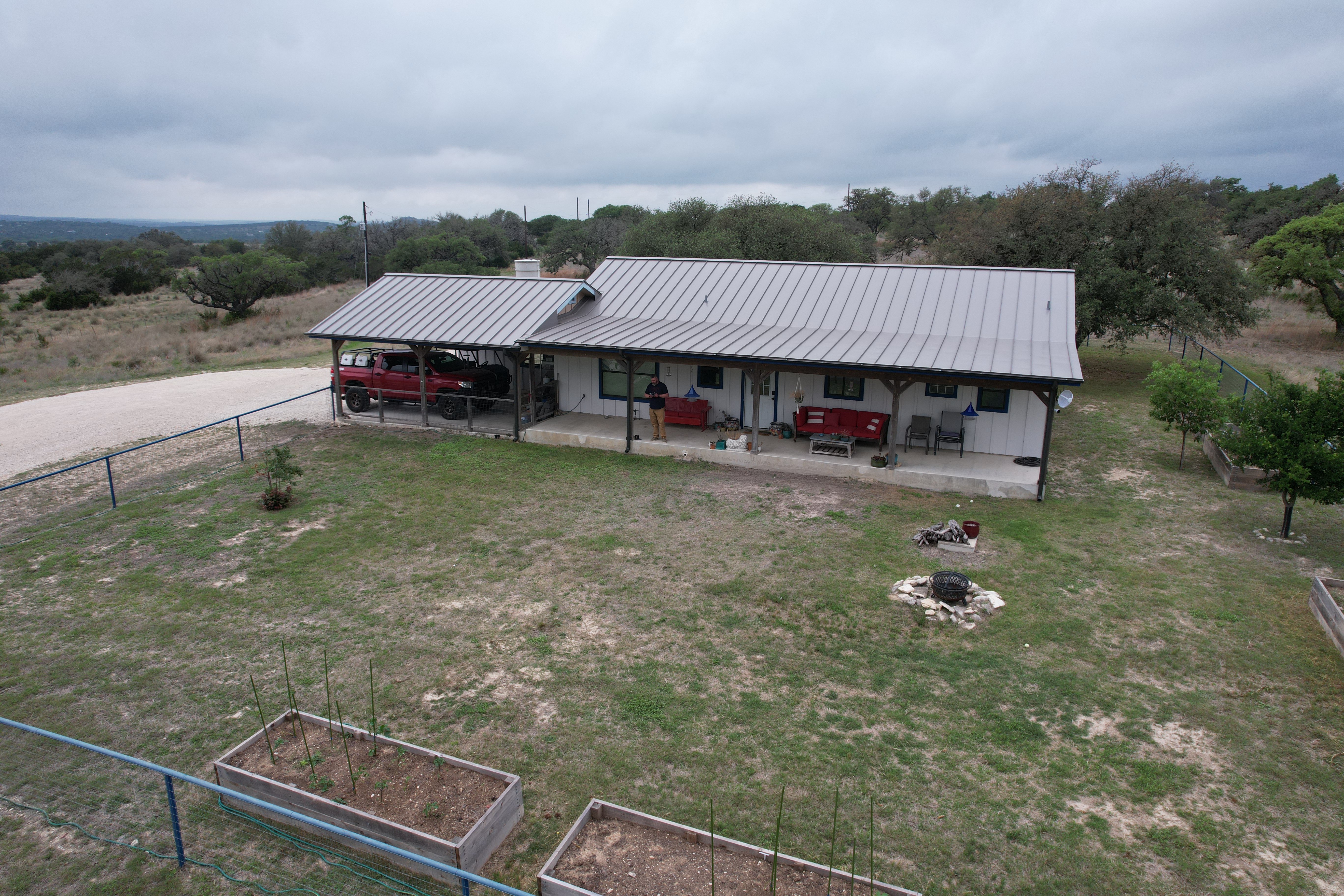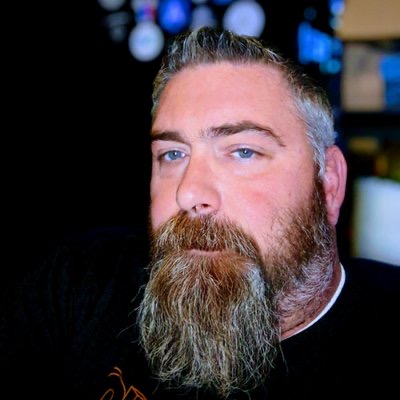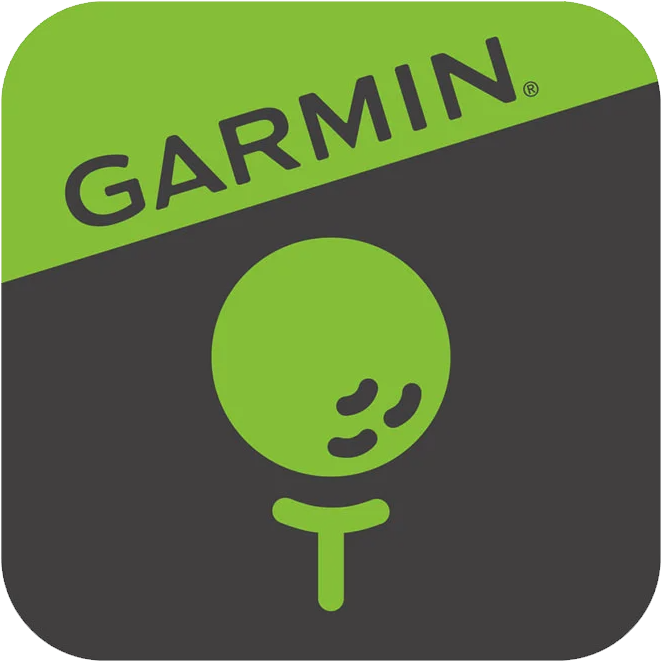It’s been just over a year since I left Apple and joined GEICO, trading the gleaming corridors of Apple Park for my home office overlooking the Texas Hill Country. The contrast couldn’t be more stark – from one of the world’s most famous corporate campuses to leading teams from my ranch in Bandera. Yet, this transition has taught me invaluable lessons about modern engineering leadership, organizational transformation, and the future of distributed work.
The Apple Park Experience
Let me start by saying that Apple Park is everything you’ve heard and more. The attention to detail, the collaborative spaces, the famous rainbow stairs at Caffè Macs – it all contributes to a unique culture of innovation. Leading SRE teams for iCloud and CloudKit meant daily stand-ups in beautifully designed conference rooms, impromptu whiteboard sessions in the hallways, and the energy that comes from being physically present with brilliant engineers.
At Apple, proximity was power. Quick decisions happened over coffee. Complex architectural discussions unfolded naturally as you walked between buildings. The campus itself was designed to foster these “collisions” – those serendipitous encounters that spark innovation.
The Remote Reality Check
When I joined GEICO in late 2023, I found myself in a completely different world. Not just because I was working from home, but because I was tasked with transforming a traditional IT organization into a modern engineering culture – all while leading distributed teams across multiple time zones.
The first few weeks were jarring. No more walking to someone’s desk for a quick chat. No more reading body language in a room full of engineers. Instead, I had Slack messages, Zoom calls, and the occasional “Can you hear me?” interrupting critical discussions.
But here’s what I discovered: the constraints of remote work can actually2 accelerate cultural transformation.
Building Trust at Distance
At Apple, trust was built through presence. You earned credibility by being in the room, contributing to discussions, and demonstrating your expertise in real-time. In a distributed environment, trust must be engineered differently.
I learned to:
- Over-communicate intentionally: Every decision, every change in direction, every win needed to be documented and shared broadly
- Create virtual “water cooler” moments: Regular optional video calls with no agenda, just for team members to connect
- Establish clear async communication protocols: When to use Slack vs. email vs. picking up the phone
- Measure outcomes, not hours: Shifting focus from time in seat to actual impact delivered
Perhaps the biggest challenge has been leading GEICO’s transformation from a traditional IT organization to an engineering-focused culture. At Apple, the engineering mindset was baked into the company’s DNA. At GEICO, we’re actively rewiring that DNA.
This transformation requires:
1. Shifting from Tickets to Products
Traditional IT thinks in tickets and requests. Engineering thinks in products and user outcomes. We’ve restructured teams around products rather than technologies, giving them ownership of entire user journeys.
2. Embracing Failure as Learning
In traditional IT, failure is to be avoided at all costs. In engineering, failure is data. We’ve implemented blameless postmortems and celebration of lessons learned, even when things go wrong.
3. Automation First Mindset
Moving from manual processes to “automate everything” requires not just new tools, but a fundamental shift in how people think about their work. We’ve made automation a key metric for team success.
4. From Gatekeepers to Enablers
Traditional IT often sees itself as the guardian of stability. We’re transforming our teams to be enablers of innovation, providing platforms and tools that let other engineers move faster.
The Hybrid Cloud SRE Challenge
Leading Hybrid Cloud SRE at GEICO means bridging on-premises infrastructure with cloud-native thinking. Unlike Apple, where the infrastructure was largely homogeneous and cutting-edge, GEICO has decades of legacy systems that still run critical business functions.
Remote leadership has actually been an advantage here. It’s forced us to:
- Document everything meticulously
- Build robust monitoring and observability
- Create self-service platforms that don’t require hand-holding
- Establish clear SLIs/SLOs that everyone can rally around
Lessons Learned
After a year of this transition, here are my key takeaways:
1. Geography is Irrelevant, Time Zones Matter
I can lead teams effectively from my ranch in Texas. But coordinating across time zones requires intentional planning and respect for work-life boundaries.
2. Culture Change Happens Through Systems
You can’t transform culture through proximity and osmosis in a remote environment. You need systems, processes, and metrics that reinforce the behaviors you want.
3. Written Communication is a Superpower
At Apple, you could get by with great verbal communication. In distributed teams, the ability to write clearly and concisely is non-negotiable.
4. Autonomy Accelerates Innovation
Remote teams with clear goals and autonomy move faster than co-located teams waiting for approval. The key is setting the right constraints and letting teams run.
5. The Ranch Office Advantage
There’s something to be said for taking a critical infrastructure call while watching deer graze outside your window. The ability to step outside, clear your head, and return with fresh perspective is invaluable.
Looking Forward
The future of engineering leadership isn’t about choosing between Apple Park and the remote ranch. It’s about taking the best of both worlds:
- The innovation culture and attention to excellence from places like Apple
- The flexibility and global talent access of distributed teams
- The focus on outcomes over presence
- The ability to transform organizations by changing systems, not just proximity
As I write this from my home office in Bandera, with my 3D printers humming in the workshop next door and my dogs napping at my feet, I’m convinced that the future of engineering leadership is distributed, asynchronous, and focused on outcomes rather than offices.
The transition from Apple Park to my remote ranch hasn’t been about giving something up. It’s been about gaining new perspectives on what engineering leadership can be when you strip away the beautiful buildings and focus on what really matters: building great teams that deliver exceptional results, regardless of where they happen to be sitting.
What’s your experience with remote engineering leadership? Have you made a similar transition? I’d love to hear your thoughts in the comments below.





